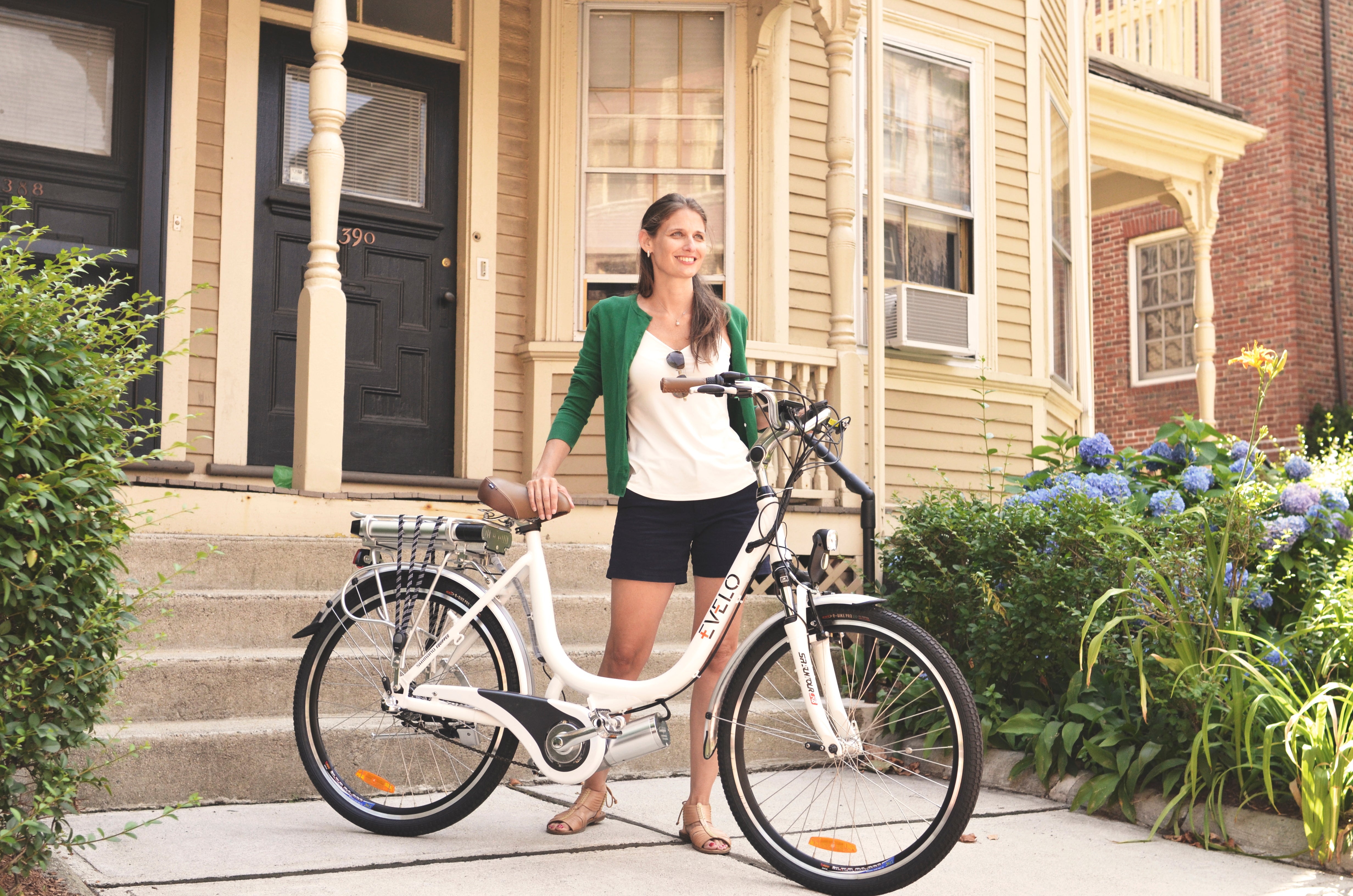Mid-Drive vs. Hub Drive Electric Bicycle Motors: Which One Is Right for You?
Electric bicycles, or e-bikes, have revolutionized the world of cycling by providing an eco-friendly and efficient means of transportation. One of the key decisions e-bike enthusiasts need to make is choosing between mid-drive and hub drive electric bicycle motors. These two motor types have distinct characteristics, advantages, and drawbacks, so understanding their differences is crucial when selecting the right e-bike for your needs.

Mid-Drive Electric Bicycle Motors:
1. Power at the Crank:
- Mid-drive motors are located at the bicycle's crank or bottom bracket area. This central placement delivers power directly to the bike's chain and subsequently the rear wheel, which closely mimics the natural pedaling experience.
2. Efficient Power Distribution:
- Mid-drive motors provide more efficient power distribution, as they leverage the bicycle's gears. This means that you can maintain a comfortable cadence while climbing hills or riding on various terrains.
3. Better Handling and Balance:
- E-bikes with mid-drive motors typically offer improved handling and balance because the motor's weight is centralized, resulting in a more natural weight distribution.
4. Ideal for Off-Roading:
- Mid-drive e-bikes are often favored for off-road and mountain biking, where power and control are essential. Their ability to adapt to different terrains and inclines makes them an excellent choice for adventurous riders.
5. Cost and Complexity:
- One notable drawback of mid-drive motors is their higher cost and complexity. Installation and maintenance might be more involved and costly compared to hub drive motors.

Hub Drive Electric Bicycle Motors:
1. Simplistic Integration:
- Hub drive motors are integrated into the bicycle's wheel hub, either in the front or rear wheel. This design is simple and relatively straightforward, making hub motors an attractive choice for those who want a hassle-free e-bike experience.
2. Low Maintenance:
- Hub motors are known for their low maintenance requirements, as there are fewer moving parts compared to mid-drive motors. This can result in lower long-term ownership costs.
3. Suitable for Everyday Commuting:
- Hub drive e-bikes are well-suited for urban and city commuting, as they provide consistent power delivery on flat terrain. They are also quieter than mid-drive motors, which can be an advantage in residential areas.
4. Limited Efficiency on Inclines:
- Hub drive motors lack the gear-shifting capability of mid-drive motors, making them less efficient when tackling steep hills. Riders may find themselves exerting more effort in such scenarios.
5. Weight Distribution Concerns:
- Since the motor is located in the wheel hub, hub drive e-bikes can exhibit imbalanced weight distribution. This may affect handling and control, especially on rough terrain.

Conclusion:
Choosing between mid-drive and hub drive electric bicycle motors largely depends on your intended usage and personal preferences. If you are an avid off-road enthusiast or frequently ride on hilly terrains, a mid-drive motor may be the better choice due to its power, efficiency, and adaptability. On the other hand, if you seek a low-maintenance, straightforward commuting option for city use, a hub drive motor might be more practical.
It's important to test ride both types of e-bikes to get a feel for the differences in power delivery, handling, and overall ride experience. Ultimately, the best choice will be the one that aligns with your specific needs and the type of riding you plan to do. With the growing popularity of e-bikes, there is a wide variety of models and motor types available, ensuring there's an ideal option for every rider.

